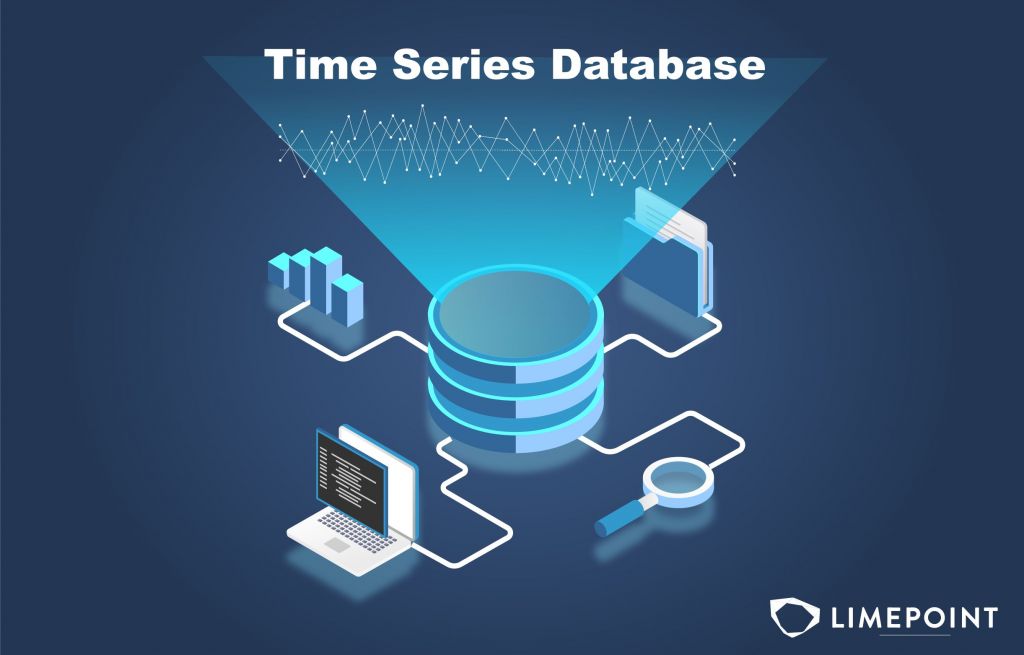Tackling the unique challenges of the oil and gas industry, the engineers at LimePoint helped a client with implementing InfluxDB TSDB for trending and historical data analysis.

TSDBs are particularly well-suited for the oil and gas industry due to the nature of the data generated and the specific requirements of the industry. Here are some reasons why TSDBs are preferred in the oil and gas sector:
- High volume time-series data: The oil and gas industry deals with massive volumes of time-series data, including sensor readings, production rates, equipment statuses, etc. TSDBs are designed to handle and store such data efficiently, making them ideal for managing the continuous streams of information generated by sensors and monitoring devices.
- Temporal data analysis: Time-series data in the oil and gas industry requires temporal analysis to identify trends, patterns, and anomalies. TSDBs are optimized for time-based queries, enabling quick and efficient historical data retrieval, trend analysis, and forecasting.
- Integration with IoT and sensor networks: The oil and gas industry extensively relies on IoT (Internet of Things) devices and sensor networks to collect data from various equipment and assets. TSDBs are well-suited for seamlessly integrating with these technologies, enabling efficient storage and analysis of sensor-generated time-series data.
InfluxDB is the best solution for this use case with its flexibility and comprehensive integration capabilities. Some benefits that stand out include:
- Data model: InfluxDB adopts a flexible data model, allowing users to define their own schema. It supports the storage of arbitrary fields for each data point, providing versatility but requiring careful management.
- Scalability: InfluxDB offers horizontal scalability, allowing data distribution across multiple nodes to handle growing data volumes. It is suitable for large-scale deployments.
- Flexible query language: InfluxDB utilises InfluxQL, which is like SQL with a low learning curve for analysts.
- Integration: InfluxDB can also integrate with a wide range of visualisation tools like P2 that provide specialised solutions for the oil and gas industry.
- Historical data retention: InfluxDB offers retention policies for managing data retention. Users can configure policies to automatically discard older data based on specific criteria.
In summary, InfluxDB stands out as a robust solution for time-series data management, boasting high performance, scalability, and a flexible data model. Its adept handling of large datasets, coupled with features like a versatile query language and seamless integration with IoT and sensor networks, positions InfluxDB as a powerful choice, particularly in the oil and gas sector.
Leveraging LimePoint’s expertise in InfluxDB can enhance trend monitoring and analysis capabilities for your operations team. We excel in assisting clients with various services, from deploying clusters in on-premise, in the cloud or hybrid. Our specialised guidance ensures you have the knowledge to manage your InfluxDB infrastructure.
To take advantage of our extensive experience in the field, reach out to us. Let LimePoint guide you in harnessing the full power of InfluxDB for time series data processing needs.


